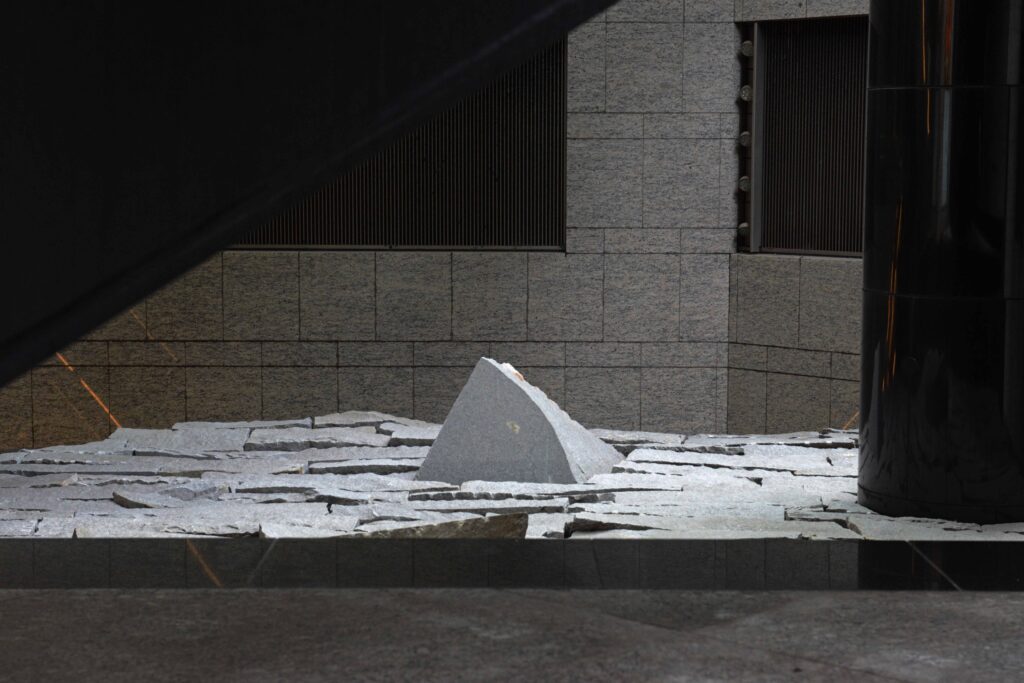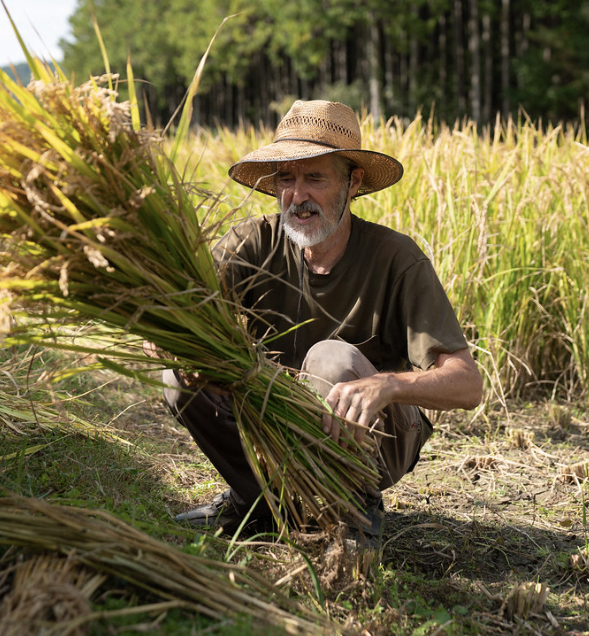
by Stephen Mansfield
Once you introduce a concept, aesthetic ingredient, or color palette into Nature in the form of a garden, you stir the wilderness, the primal pot. A space probe does something like that with the universe.
It likely never occurred to eighteenth century European collectors and literati, entitled beneficiaries of a meticulous, favorably constructed civilization, to question whether gardens were works of art. It was assumed they took their assigned place alongside painting, sculpture, classic recitals, and more mystical forms of religious devotion. That colossus of Regency era English garden design, Humphry Repton, declared “Gardens are works of art rather than of nature.” The Japanese would doubtless define their most accomplished gardens as works of art, but with the proviso that they are always framed with a vision of nature in mind.
The condition defining almost every garden construct is that it be a place of repose and beauty, an alternative, transcendent world. Mention of the topic is unlikely to conjure images of the late film maker, Derek Jarman’s garden in Dungeness, stricken among rental allotments on the withering salt flats and shingle of the Thames Estuary. Jarman’s choice of recycled or requisitioned objects for his creation, were locally sourced, and included flint, driftwood, shells, rusty tools and mooring chains, the horticultural elements featuring cactus, gorse, elder, hawksbeard, and blackthorn. The garden’s borrowed views are lines of electric pylons and a nuclear power station. John Cage defined art as practically anything that stimulates an aesthetic experience. Jarman’s garden, with its magic circles made of dragon-toothed flint, charred driftwood sticks, and beds of scarlet pelargoniums is, indeed, a masterful creation, its beauty in the harmonizing of fantastically disparate elements.
Art, nature and landscape gardening are inexorably linked. In her book, Italian Villas and Their Gardens, Edith Wharton wrote that gardens, “must be adapted to the landscape around them.” Reflecting on the blending of elements in gardens, she comments on the “subtle transition from the fixed and formal lines of art to the shifting and irregular lines of nature.”
The persistence of Japanese gardens as a design form, embodies the notion that landscapes are not imitations of the natural world, but coexisting forms that harmonize art and nature. In so doing, the Japanese landscape gardener, an artist in nature, goes a step further, holding up a mirror to aspects of our own human nature. Constructing a Japanese garden provides the opportunity to create a form that might be called organic art, by reworking, reinterpreting aspects of encountered nature. A substantive diversity of forms, ranging from scenes created according to the strict directives of ancient garden manuals, to modern, iconoclastic designs, is reflected in the Japanese garden and its search for a place in the world of applied and fine art.
A feature of major, iconic works of art is their tendency to break with precedents. Designing within the parameters of tradition, emblematic landscapes, like the aristocratic Vaux-le-Vicomte, the temple installation of Ryoan-ji, and the circuit garden of Katsura Rikyu, both in Kyoto, are examples of older leaps in innovation associated with art. Among those who designed gardens were Buddhist priests, calligraphers, tea masters and painters, applying the common aesthetics of their disciplines to garden templates. Created in the 15th-century by Sesshu Toyo, a titan in the Japanese art world, the Joei-ji temple garden in Yamaguchi City, clearly replicates the visual vocabulary of his ink monochrome landscape canvasses. The placement of flat-topped stones, contrasting with upright rocks on a flat plain, creates an energetic imbalance, embodying the transition in Japanese landscape art from its restrained, static qualities to assertive, soaring peaks, rock faces and horizontal ledges. Much admired for their formal accomplishments, but also for a degree of refreshing abstraction, Chinese paintings were avidly collected by the ruling class during the Kamakura era. The more static, abstract gardens of the period were profoundly affected by these imported works. Inspired by Sung dynasty painters, nature in the garden gradually became subordinate to the vigorous standards of art.
The landscape equivalent of sculpture might be the stone garden, which has been compared to an art installation. The perdurance of the stone garden is a factor worth consideration. Like art appreciation, the hermeneutic aspects of viewing gardens vary. Loraine E. Kuck, reflecting on the enigmatic stone gardens of Kyoto, for example, concludes in her 1968 book, Japanese Gardens, that the usage of natural rocks in creating designs will be recognized as one of the most important art forms. Interestingly, many of the gardens with the strongest aspirations to art are, like Japanese woodblock prints and netsuke, the smallest. Sacheverell Sitwell, visiting Kyoto in 1959, declared its gardens, “the great works of little masters,” the results in his view, superior to those in Europe.
Like exhibits found in museums or galleries, gardens, like bonsai, are bequeathed, curated by generations of owners, custodians, and patrons. Like a painting by one of the old masters, a Titian, Schongauer, or Carracci, work requiring periodic restoration, gardens require sustained attending. Even the hard, sculptural forms within a garden, subject to air pollution, the effects of time, even vandalism, are vulnerable.
The aesthetics of Japanese gardens and the more spiritual aspects of art, converge in Tokyo’s Nezu Museum. Built to exhibit a fine art collection of tea ceremony utensils, Chinese bronze ware, and Buddhist sculpture, its garden feels a little like hallowed ground, a dense, spiritually-infused plot of greenery ingeniously disassociated from the city. Adding to the sense of entering a verdant sanctuary, is an air of profound antiquity, emanating from the placement of beautifully carved and incised Buddhist stone work throughout a garden that doubles as an open-air gallery. Here, we randomly encounter a sandstone Standing Buddha Triad dating from China’s 6th century Northern Wei Dynasty, a Seated Bodhisattva, precisely dated 1466, or a Muromachi era Japanese Ksitigarbhas carved panel.
A sub-division of visual art, Japanese gardens present a natural, even cosmic order that is not immediately apparent to the casual visitor. When we talk about the art of gardening, the emphasis is not on gardens as art objects, but the process of designing and making a landscape, which requires an order of skill that is artistic.
Japanese gardens are by definition, both restrictive and liberating, delineating space and setting out permissible routes through them, while at the same time expanding our perception of interpreted nature. Some visitors, accustomed to a different set of aesthetics, have questioned the authenticity of Japanese gardens, which are intended among other things, to manipulate our senses. This, of course, is precisely what art does when we allow it to enter our lives. The art of gardening is the art of life itself.
*********************
In After Act, Stephen considers virus related literature in a pandemic world.
For a review of his life in writing, given as a lunchtime talk for WiK, see here.
For a review by John Dougill of his book, Stone Gardens, click here.
For a short treatise on light and dark in Japanese culture, see here. For a review by Josh Yates of Stephen’s book on Tokyo: A Biography, see here.
For Stephen Mansfield’s review of the WiK Anthology 3, Encounters with Kyoto, please click here. For his amazon page with a list of his books, please see this link.







Recent Comments